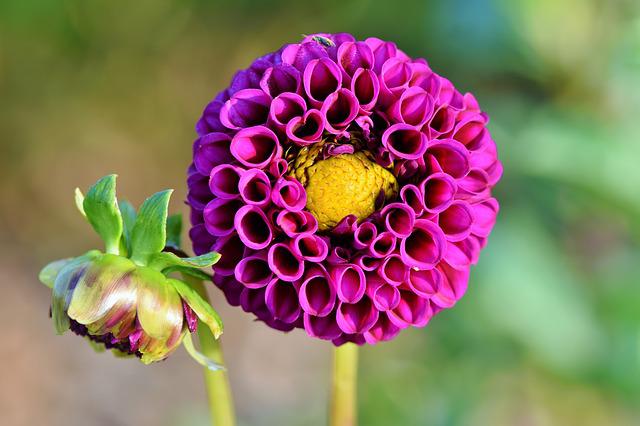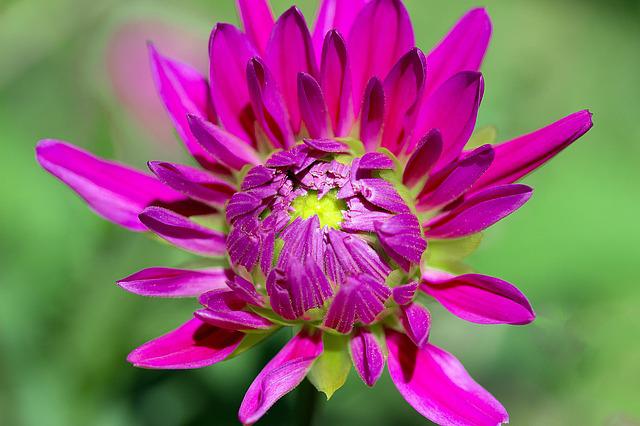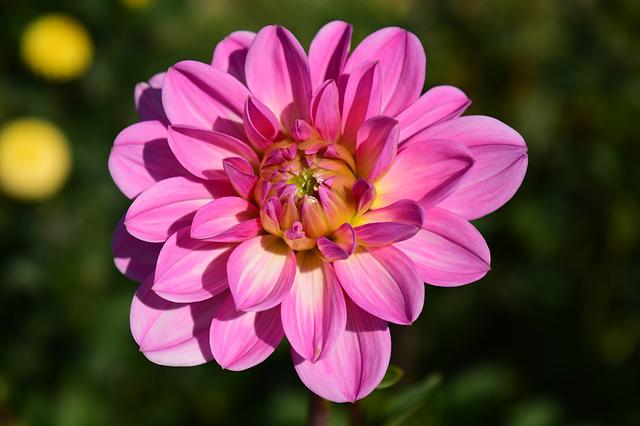How to Deadhead Dahlia? 5 Great Tips for the Best Gardening Results

Deadheading is one of the most important tasks you will need to perform when caring for dahlias. This process involves removing the flowers that have fallen off and keeping the plant clean and tidy. By doing this, you not only prevent weeds from growing but also help to keep your dahlia looking its best.
To begin deadheading, first, make sure that all flower petals are removed so that there is nothing left on the stem or Leaves. Then, use a sharp object like scissors or a knife to cut away any ground-level debris where water can reach it (this includes bulbs). Finally, rake up leaf matter with a garden rake so it falls into an appropriate pile-nearby compost may also help control weed growth.
Table of Contents
5 Great Tips in Deadheading Dahlia
Identify the Spent Flowers
Check out dead or dying flowers by inspecting the dahlias every few days. Remove wilting flowers and any blooms that have turned brown and are forming seed pods. The old flower heads and pruned leaves should be removed from the flower bed at the end of each pruning and disposed of properly. Insects and diseases can be found in old plant material.
When the old dahlia flower has lost all of its petals, things get hard. Then, the hard, bulbous part at the bottom of the flower, called the calyx, closes up to look like a bud.
But by looking at the shape, you can tell a spent dahlia head from a new dahlia bud. A spent dahlia head is slightly conical and almost pointy, while a new bud is more compact and round.
Having all the petals fall from a spent dahlia causes the hard green part at its base (the calyx) to close over, and what has left looks a lot like a bud.
There are buds, and then there are cones. The calyx (the hard green outer ring of sepals) is fanned below the bud, giving it a rounded shape, like a flattened sphere of compressed petals.
In contrast, the wilting flower is conical rather than flat. Calyx petals have also been rolled up to protect the plant’s reproductive parts from the elements. You need to get rid of these.
Don’t Just Cut
Don’t just cut off the dahlia’s dead head below the flower when removing it. A stem devoid of flowers will result, and it will be unsightly.
Remove the Dead Flower by 1/4-Inch
Using your thumb and forefinger, grasp the stem just below the flower head, about 1/4 inch above the topmost set of leaves, and pull.

Use Tools
With a pair of sharp scissors, cut the flower stem to where it joins its main stem. If you look closely, you’ll see a few tiny buds forming. After the spent flowers have been removed, the remaining ones will be reactivated and bloom in a week or two.
Pinch Back to Make Dahlia Bushier
Dahlias need to be deadheaded often so that new flowers can grow. If you grow plants from tubers, pinch them back when they are 4 to 6 inches tall to make them bushier and give them more flowers. If you want bigger flowers, gently remove the smaller buds that appear next to or just below the large central bud.
Why Should You Deadhead Flowers?
- Deadheading can make your garden look tidy and clean. Brown flowers are unattractive and will detract from the effect of your carefully designed flowerbeds, as the eye is drawn to the wilted blooms.
- The color can keep going if you just cut off the dead parts.
- With regular deadheading, dahlias will bloom from July until the first frost, which could be in October or November. As a result, your efforts will extend the period during which flowers bloom, allowing energy to be directed toward further development.
- It encourages flowers to bloom more than once. The second reason is that withered, brown flowers draw attention.
- It is important to deadhead your dahlias regularly to encourage new blooms, protect the delicate flowers from a dry spell or heat wave, and maintain the overall aesthetic of your flower garden.
- It promotes stronger growth when spent blooms are removed.
- Some plants self-seed excessively by removing their spent flowers. You can prevent this and keep them from outgrowing the space you want them to occupy in your garden borders.
- Additionally, deadheading helps to keep your dahlias in peak condition. Deadheading dahlias during a dry spell is a good way to protect them from the excessive heat and lack of rain.
- Deadheading also helps to keep your garden looking its best. Deadheading dahlias and other flowers demonstrate to onlookers that you care about your garden and take it very seriously.
- You should cut your deadheaded flowers in the early morning if you want to use them in cut flower arrangements.

When is the Best Time of Year to Deadhead?
The moment you notice the plant beginning to produce pollen, it’s time to perform deadheading (other signs include a shriveled appearance, fading petal color, and brown petal tips). A dahlia’s ability to produce new blooms is boosted when the plant is not forced to produce seeds. You can use the cut dahlia for an attractive flower arrangement in your home. Following the stem of the flower to where it meets the plant’s main stem is the best method for trimming a fading dahlia. Only cut back to the first new bud if you notice new flower buds developing below the old.
After a rainstorm, deadheading is the best time to do it. They will need to be removed because the large blooms can fill with water or take a beating from the wind.
